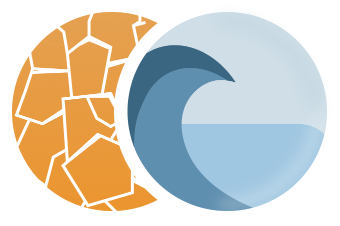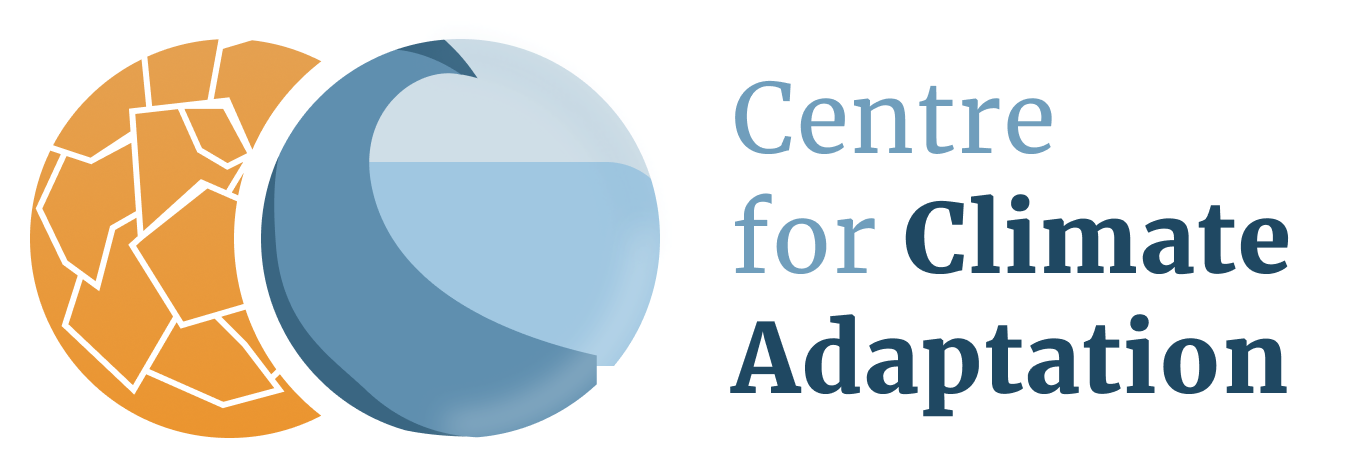Vulnerabilities - Sweden
Historically, the level of damage due to storms and floods in Sweden has been quite low. This mean that the risk is perceived as being so low that it not worthwhile insuring against it. However, with the many natural perils of recent years in connection with floods and landslides, awareness of the risks, and consequently the level of demand for new types of insurance products, is likely to have increased (6).
Read moreInsurance of property and economic activities has generally been left to the private insurance market in Sweden. Business people are responsible for their own activities, in the same way that households are responsible for their property. When major disasters with severe harmful effects occur, as in the case of the winter storm Gudrun in 2005, it has, however, happened that central government has assisted forest owners and farmers, for instance. … Forty per cent of forest owners affected by the winter storm Gudrun had forest insurance for storms (6).
Households
The insurance companies cover damage caused by weather events such as flooding, landslides and storms for households with home insurance. No differentiation of risk is made at present with regard to different types of natural perils, as is done in several European countries. This means that the whole insured population shares the risk premium relating to natural perils, which generally makes insurance policies cheaper. In addition, expensive inspections for insurance policies are avoided, which also keeps premiums down. On the other hand, the insured population also has to bear costs that affect high-risk policy-holders (7,17).
A large part of Parliament seems to support the introduction of some form of government support in extreme weather events, as a natural damage fund. The justification in most cases has been that it is not reasonable for individuals and municipalities to have to bear the entire cost themselves. Some parts of the country are more at risk than others, which means that some municipalities face high costs (6).
Agriculture
The insurance cover available on the arable side is against hail damage and poor crop germination after sowing. On the other hand, it is not possible to insure for example against complete loss of a crop due to floods (6).
Since 1988 central government has had some overarching responsibility in the case of harvest damage of the natural disaster type affecting large areas. In examining different claims for compensation arising from the floods in 2000, 2001 and 2003, the Government did not, however, consider the nature of damage to be such that any special central government responsibility existed. It was also found that that there is assistance for agriculture that is paid regardless of harvest yield, which reduces the need for special protection against harvest damage (6).
Insured losses - Globally
Globally, insured and total property losses are rising faster than premiums, population, or economic growth; inflation adjusted economic losses from catastrophic events rose by 8-fold between the 1960s and 1990s and insured losses by 17-fold. Large catastrophic events cause less damage in an average year than the aggregated impacts of relatively small events (a 40/60 ratio globally) (8).
Read moreIn the United States, averaged over the past 55 years, weather-related events have been responsible for 93% of all catastrophe events, 83% of the economic damages of natural disasters, and 87% of the insured losses. ... The observed upward trend in losses is consistent with what would be expected under climate change and with demographic factors (8).
Flood risk insurance in Europe
Insurance can be considered an adaptation strategy since it reduces the follow-on economic impacts of extreme events and thus stabilizes the income and consumption stream of the affected, and thus clearly reduces vulnerability and impacts (15).
Different insurance and compensation systems
Insurance and compensation systems for flood risk in Europe have been divided into three categories (9):
Read more- Traditional (private) insurance systems. This system is in place in most European countries (in 15 out of 19 studied countries). Systems are set up and managed by private companies, where the cover is financed from premiums that are paid before the event (ex ante). Some of these systems may have support from the government, for instance through state-guaranteed reinsurance. Countries where at least half the population has taken out flood insurance are: Portugal, Spain, France, the United Kingdom, Hungary, Norway and Sweden. Countries where less than half of the population has taken out flood insurance are: Italy, Greece, Austria, Slovakia, the Czech Republic Germany, Poland, Finland;
- Insurance or pooling systems in which the government has a considerable role, through setting up and managing the pool. Cover is provided through ex ante premiums or ex ante taxes on insurance policies. This is the case in Belgium, Denmark and Switzerland. In Belgium, however, a compulsory insurance system has been put in place since late 2005;
- Systems administered by the government, consisting of ex post compensation of flood losses. These systems are not considered to be insurance, as the basic property of ex ante premium or tax collection is not present. Rather, loss compensation is paid from tax money, either ad hoc or through budget reservations. Out of 19 studied European countries this system is only in place in the Netherlands.
Insurance markets are rather imperfect and are unlikely to generate adequate adaptation responses to climate risk due to uncertainty and imperfect information, missing and misaligned markets and financial constraints. Government support is therefore necessary and widespread in the EU and elsewhere. Governments of EU member states regulate, subsidize or even offer insurance for flood or drought risks; yet, in many instances markets and public-private partnership offer only limited coverage or are extremely restricted, such as for flood risk in the Netherlands, which leads to substantial government liabilities for member states, which to some extent are buffered by the EU solidarity fund government compensation scheme (10).
The table below summarizes the key properties of insurance and compensation systems for covering losses incurred by households and business in a selection of EU member states (11). Private insurance systems (“bundle system” or the “option system”) are distinguished from government solutions (ex post compensation by the government, paid from tax revenues). The fifth column indicates whether private insurance is compulsory. Finally, the level of market penetration of the insurance system has been estimated.
Member state Insurance/compensation system Insurance compulsory Market penetration Private, ex ante, premium bundled Private, ex ante, premium optional Government, ex post compensation Austria X 10-25% Belgium X X >75% Czech Republic X 25-75% Finland X X 10-25% France X X >75% Germany X X 10-25% Greece X X <10% Hungary X X 40-60% Italy X <10% Netherlands X X <5% Poland X X 25-75% Portugal X 25-75% Spain X X X 25-75% Sweden X X >75% UK X >75%
EU Solidarity Fund (EUSF)
Recognising that floods and other disasters may lead to overburdening national governments and necessitate international assistance even in Europe, the EU Solidarity Fund (EUSF) was created after the floods in central Europe in summer 2002 and entered into force on November 15th of that year (12,16). Member states, and countries applying for accession, can request aid in the event of a major natural or technological disaster (13). The fund provides financial aid for emergency measures in the event of a natural disaster causing direct damages above 3 billion Euros (at 2002 prices) or 0.6% of the GNI (14). Fund support can be mobilized even if the threshold is not met, e.g. for a neighbouring country that is affected by the same major natural disaster or for extraordinary regional disasters which affect the majority of the population of a region and have serious effects on its economic stability and living conditions. There is no equivalent to addressing drought and water scarcity, however (10).
The current EU extreme event interventions are not sufficient to cope with future extreme events projected to increase in size and intensity as a result of climate change (10).
Vulnerabilities - Overview
The insurability of natural disasters and extreme weather events may be affected by increases in the frequency, severity, or unpredictability of these events. ... Climate change presents various challenges to insurability. These include technical and market-based risks (8):
Read moreTechnical Risks
- Shortening times between loss events, such as more hurricanes per season,
- Changing absolute and relative variability of losses,
- Changing structure of types of events,
- Shifting spatial distribution of events,
- Damages that increase exponentially or nonlinearly with weather intensity,
- Widespread geographical simultaneity of losses (e.g. from tidal surges arising from a broad die-off of protective coral reefs or disease outbreaks on multiple continents),
- Increased difficulty in anticipating "hot spots" (geographic and demographic) for particular hazards,
- More single events with multiple, correlated consequences. This was well evidenced in the pan-European heat catastrophe of 2003. Immediate or delayed impacts included extensive human morbidity and mortality, wildfire, massive crop losses, and the curtailment of electric power plants due to the temperature or lack of cooling water, and
- More hybrid events with multiple consequences (e.g. El Nino-related rain, ice storms, floods, mudslides, droughts, and wildfires).
Market-based Risks
- Historically-based premiums that lag behind actual losses,
- Failing to foresee and keep up with changing customer needs arising from the consequences of climate change,
- Unanticipated changes in patterns of claims, and associated difficulty in adjusting pricing and reserve practices to maintain profitability,
- Responses of insurance regulators,
- Reputation risks falling on insurers who do not, in the eyes of consumers, do enough to prevent losses arising from climate change, and
- Stresses unrelated to weather but conspiring with climate change impacts to amplify the net adverse impact. These include draw-downs of capital and surplus due to earthquakes or terrorist attacks and increased competition from self-insurance or other competing methods of risk-spreading.
Pressure on insurance affordability & availability under climate change
Extreme weather events have already precipitated contraction of insurance coverage in some markets, and the process can be expected to continue if the losses from such events increase in the future. Impacts vary, of course, depending on the specific circumstances, and can be relatively minor (gradual price increases) to more significant. For the United States, the following outlook has been presented for different types of issues (8):
- Flood - currently a mix of public/private insurance and risk sharing. Under climate change, insurability problems may extend from the present personal and small commercial lines into larger commercial lines.
- Windstorm—a largely insured risk at present. There are already considerable insurability problems and associated changes in terms and pricing, non-renewals, market withdrawl, etc. This could increase dramatically under climate change, resulting in shifting of losses to governments and consumers.
- Agriculture and livestock—currently a public/private insurance partnership. Climate change will stress this sector considerably, with potential for impacts due to drought, flood, pests, or other events on a scale with the Great Dust Bowl of the 1930s.
- Wildfire—currently largely privately insured. More retention of risk by purchasers of insurance and more involvement by state governments is anticipated, while insurers raise deductibles and reduce limits of liability and scope of coverage.
- Mold and moisture damage—largely commercially insured until the crisis emerged a few years ago. Now, many states have exclusions.
- Earth movement and coastal erosion—primarily insured by government, if at all. With permafrost melt, subsidence of dry soils, sinkholes will become more prevalent, as will mudslides and property losses from coastal erosion. Government programs covering storm-surge-driven losses on eroded property could be overwhelmed with losses under climate change, with the result of more retention by property owners.
- Health impacts—currently largely privately insured. An insurability crisis under climate change is not anticipated. Impacts will manifest in the form of elevated health insurance prices.
Vulnerabilities - Europe
It is estimated that losses from weather events are doubling globally every 12 years. Even though the observed increase in losses is dominated by socio-economic factors (such as population growth, increased number of habitations in vulnerable areas, increased wealth, increased amount and value of vulnerable infrastructure), there is evidence that changing patterns of natural disasters are also drivers (1). It is however not known how much of this increase in losses can be attributed to anthropogenic climate change (2). After accounting for changes in population and wealth, it has been shown that changes in extreme weather events may be responsible for a growth in losses by about 2% a year since the 1970s (7).
Read moreIn Europe, 64% of all loss events since 1980 are directly attributable to weather and climate events (storms, floods and heat-waves) and 25% to wild fires, cold spells, landslides and avalanches, which are also linked to weather and climate. 95% of the overall losses and 78% of all deaths caused by disastrous events result from such weather and climate-related events. The annual average number of these weather- and climate-related events in Europe increased during the period 1998–2007 by about 65% compared with the 1980s (3).
Swiss Re has estimated that in Europe the costs of a 100-year storm event could double by the 2080s with climate change (to EUR 40 billion compared with EUR 20 billion today), while average storm losses are estimated to increase by 16–68% over the same period (3). Analyses of long-term records of flood losses indicate that societal and economic factors have played an important role in the observed upward trends (4).
According to an estimate by the Reinsurance Association of America (RAA), 50% of insured losses in the world within the last 40 years have been the consequence of natural catastrophes in the 1990s. Insurance experts have warned that large regions of the world may be recategorised as ineligible for insurance, because changes in weather caused by climate change (such as heat waves and hurricanes) continue at an accelerating pace (5).
Climate change is expected to lead to an increase in compensable damage, which will contribute to increased insurance premiums. This means that extreme events will result in an increased level of risk in the insurance sector. Climate change may lead to increased costs and maybe even the bankruptcy of insurance companies (5).
Adaptation strategies - Sweden
Circumstances may change for the insurance system in the future. Increased knowledge of risks of flood, landslip, landslide and erosion, together with initiatives for improved mapping, mean that these risks are becoming increasingly well known. If the risks of damage change, it is conceivable that the insurance companies will introduce differentiated premiums and excesses, with the consequence that properties in areas with a proven high risk of a particular natural peril will be subject to sharply increased insurance costs or will quite simply no longer be insurable. The alternative of government re-insurance may then need to be examined (6).
References
The references below are cited in full in a separate map 'References'. Please click here if you are looking for the full references for Sweden.
- UNEP FI (2006), in: EEA, JRC and WHO (2008)
- Höppe et al.(2006), in: EEA, JRC and WHO (2008)
- EEA, JRC and WHO (2008)
- Pielke Jr and Downton (2000); Mills (2005); Barredo (2007), in: EEA, JRC and WHO (2008)
- Marttila et al. (2005)
- Swedish Commission on Climate and Vulnerability(2007)
- Muir-Wood et al. (2006), in: Ward et al. (2008)
- Mills et al. (2005)
- Bouwer et al. (2007)
- Aakre et al. (2010)
- Bouwer et al. (2007); CEA (2009); Swiss Re (1998); ISDR (2005); OECD (2005); Paklina (2003), in: Aakre et al. (2010)
- EUFR (2004), in: Aakre et al. (2010)
- EUFR (2002), in: Aakre et al. (2010)
- Council Regulation (2002), in: Aakre et al. (2010)
- Linnerooth-Bayer and Mechler (2007), in: Aakre et al. (2010)
- Hochrainer et al. (2010)
- Maccaferri et al. (2012), in: Surminski et al. (2015)




